Artistic freedom: Abstract Expressionism in the spotlight
From this month, works by Pollock, Still and Rothko will be brought together in a once-in-a-lifetime show at London's Royal Academy of Arts
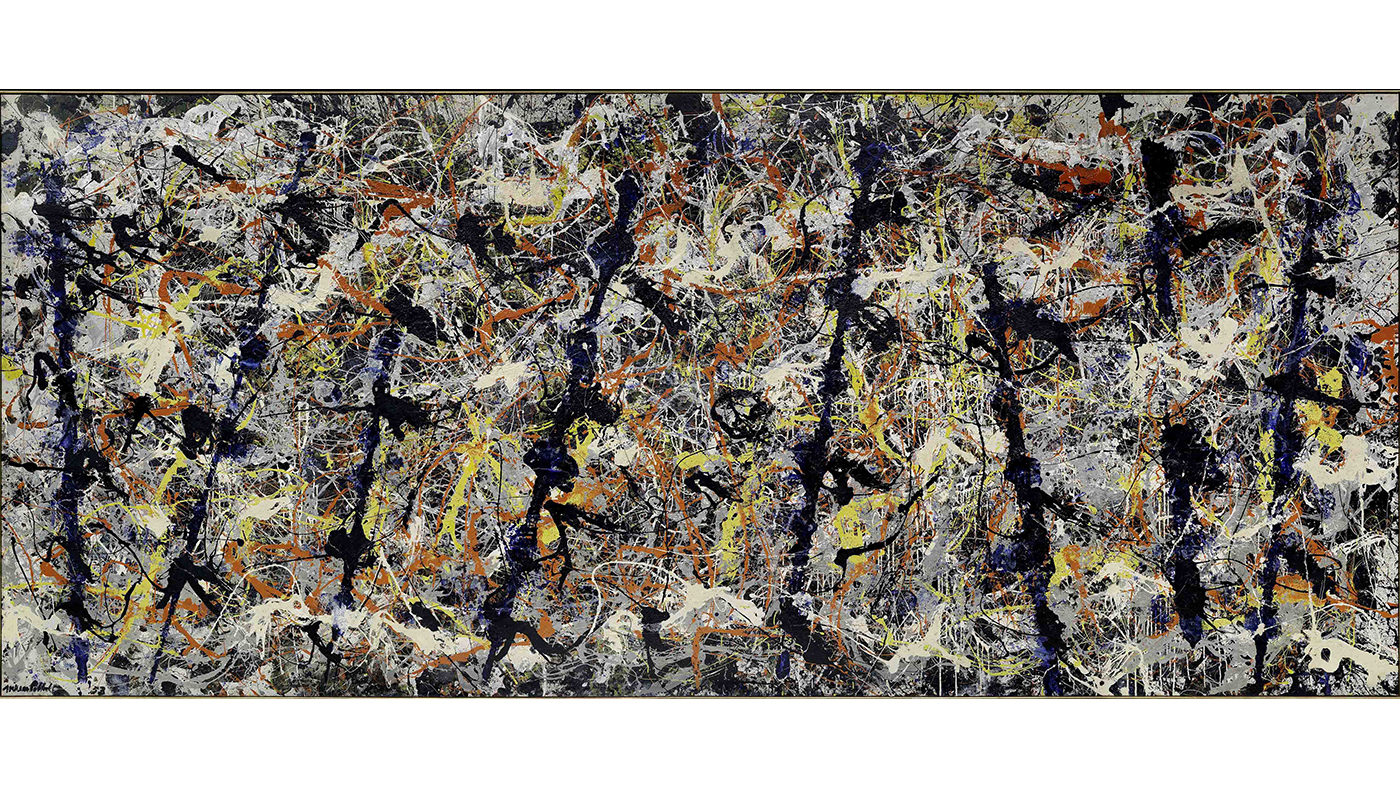
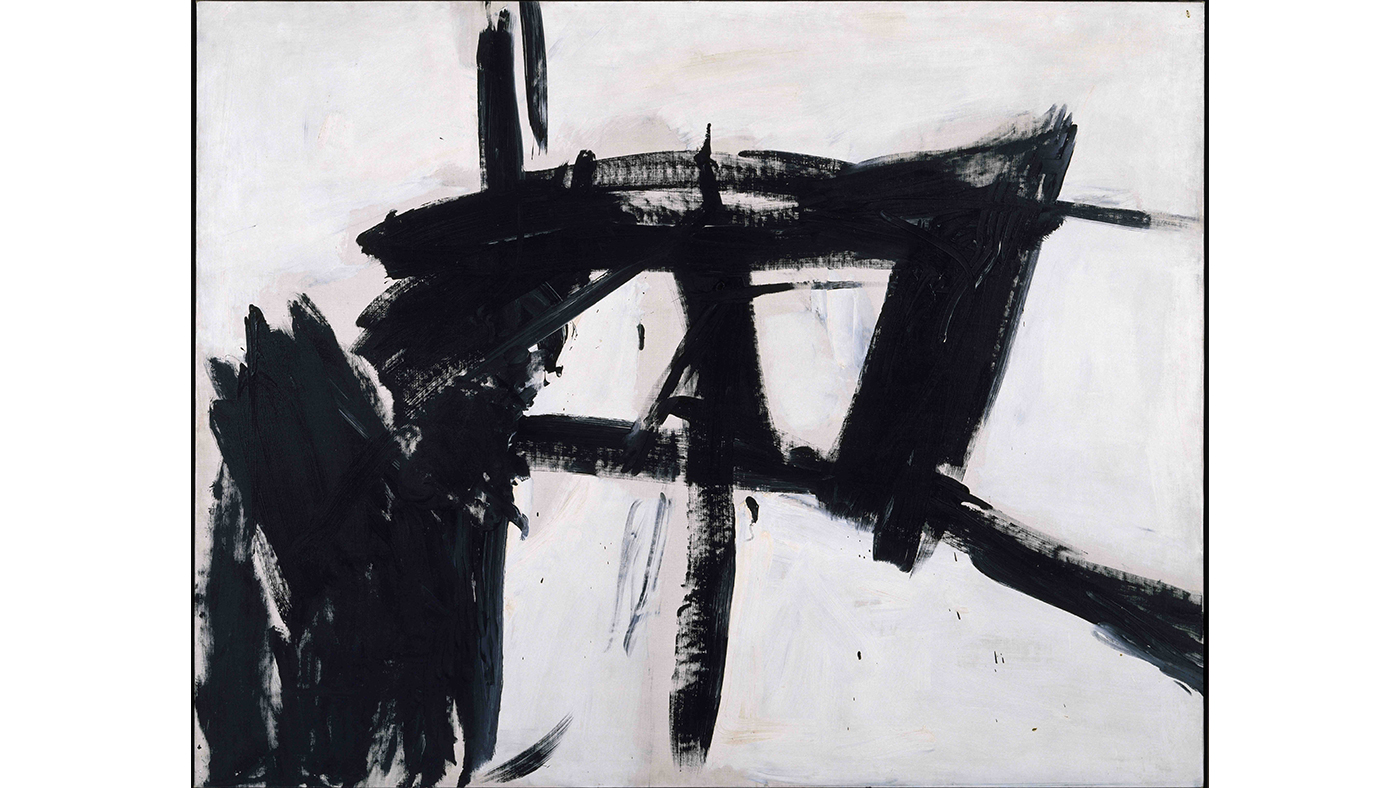
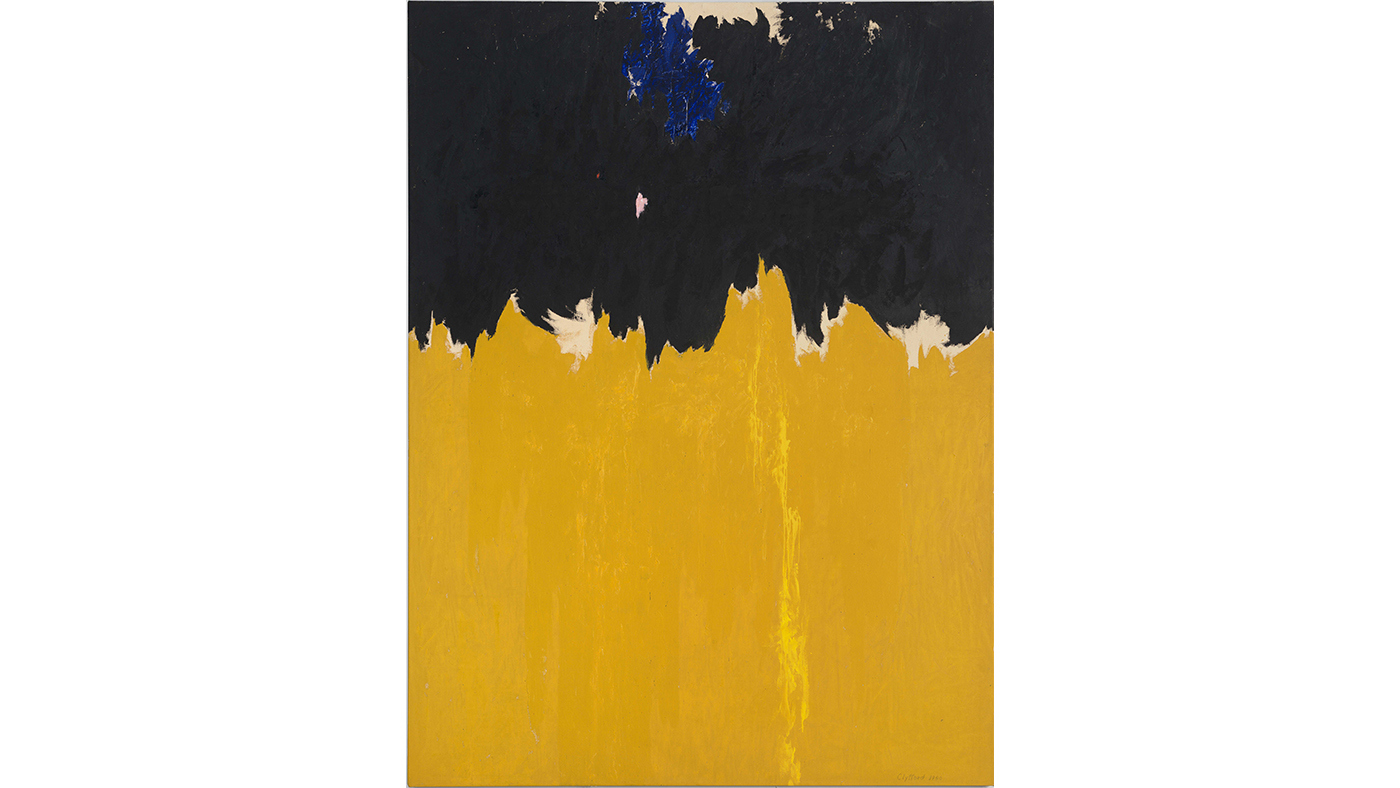
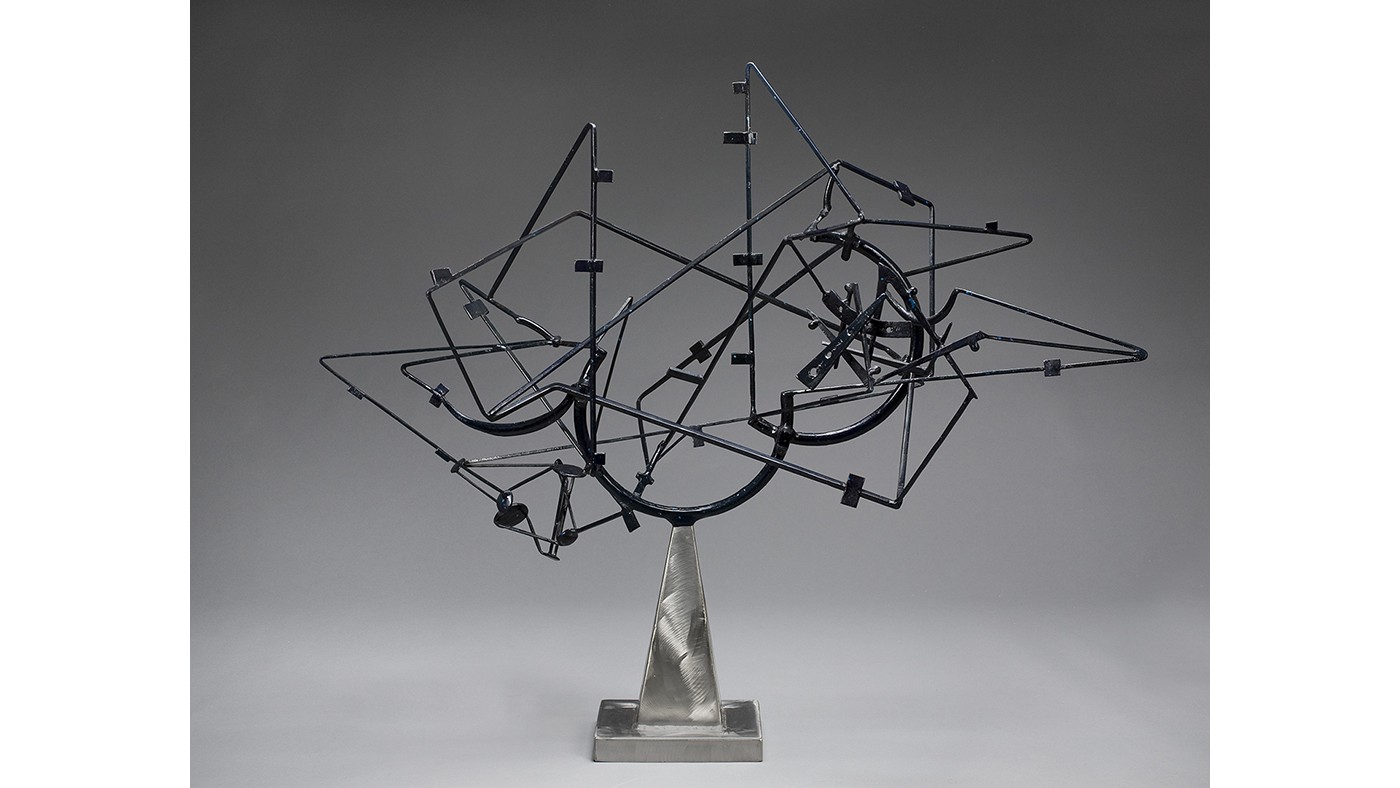
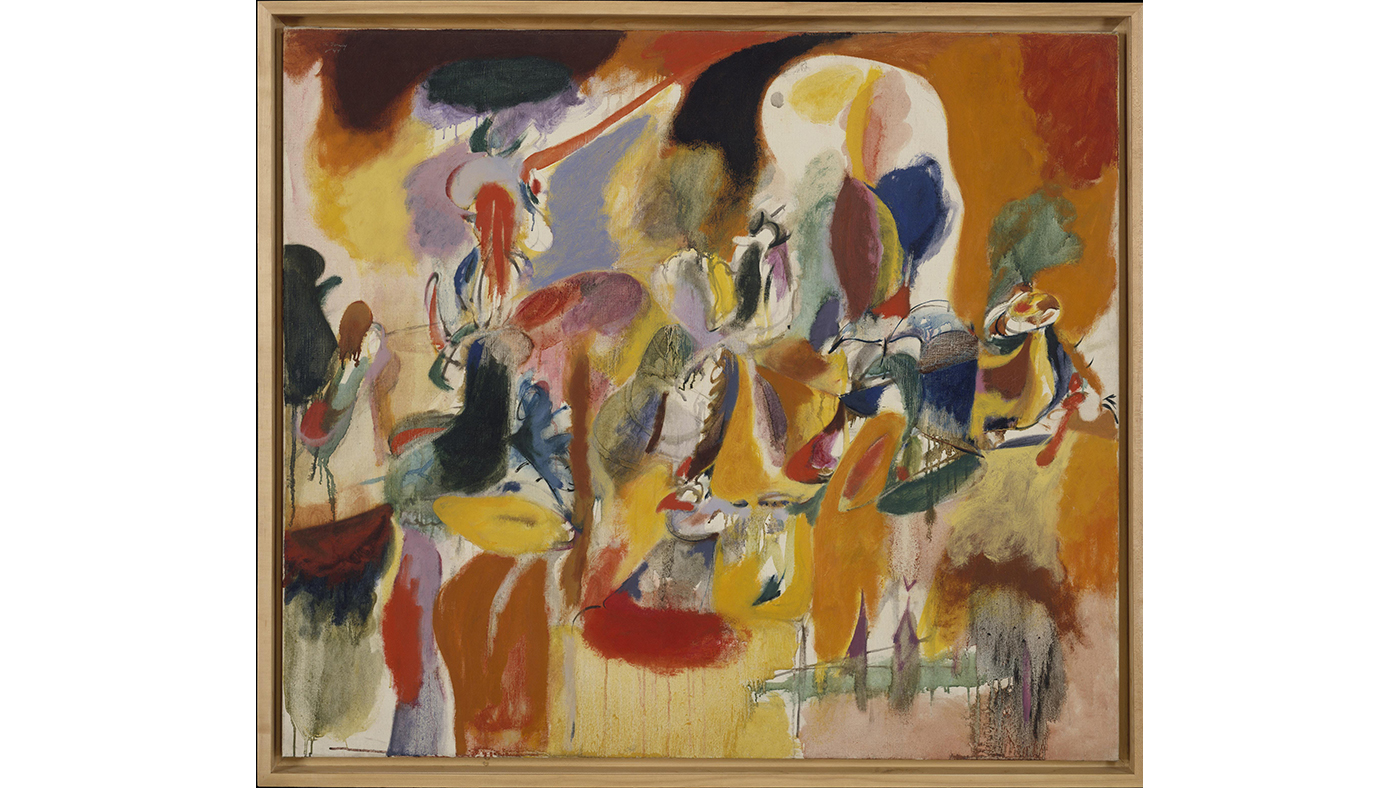
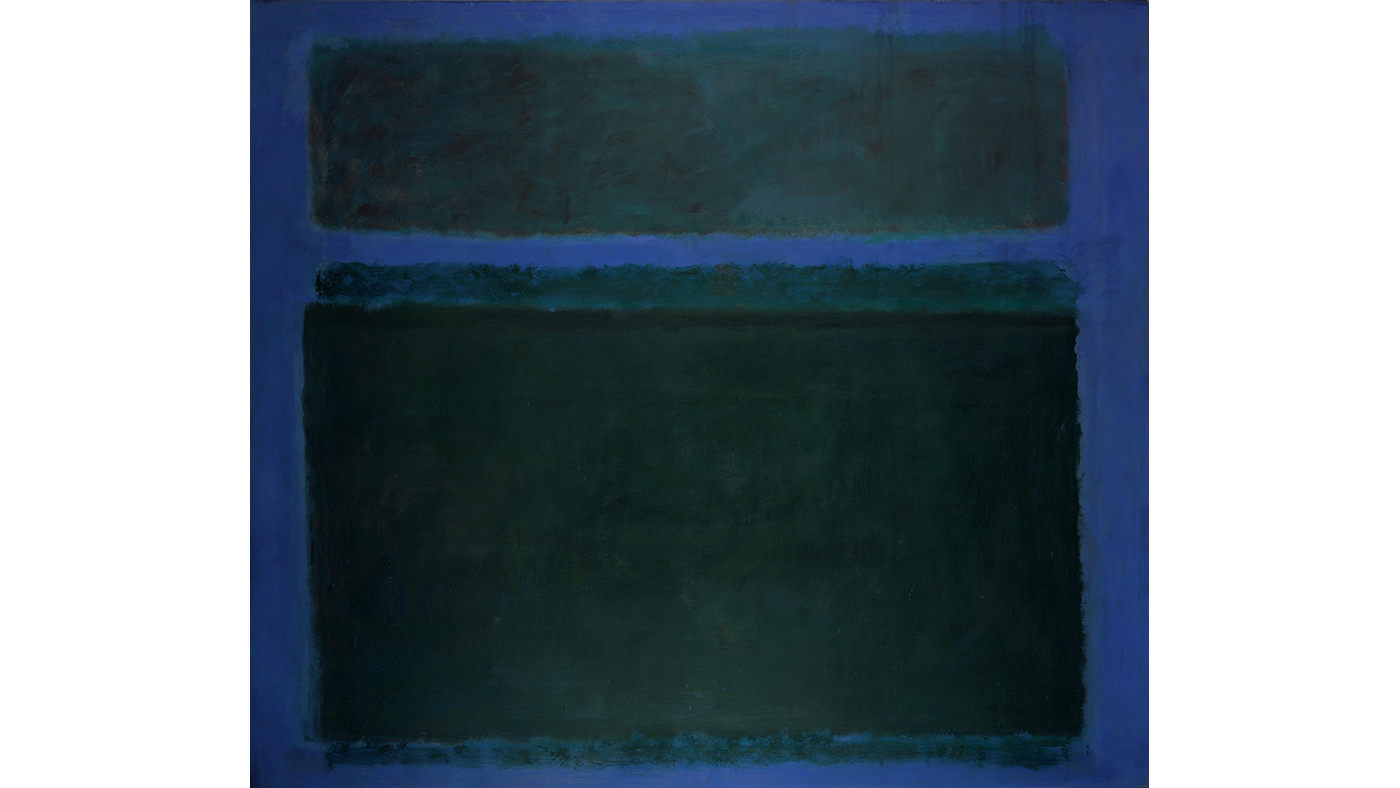
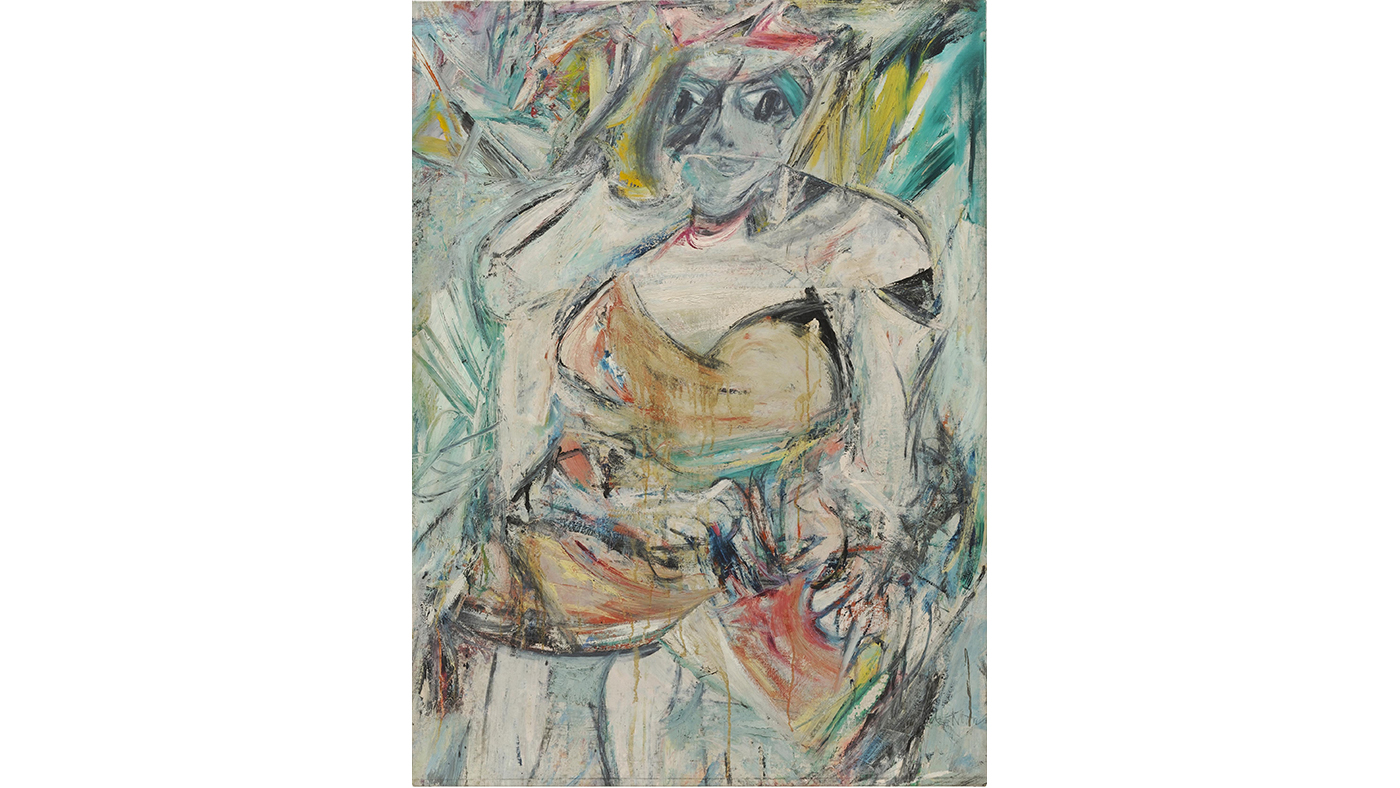
The uncertainty of the Great Depression era, along with exposure to European surrealists such as Dali, Mondrian and Leger, who sought refuge in the United States during the Second World War, produced the perfect milieu for a new vehicle of creative expression to emerge.
Abstract Expressionism saw artists in the 1940s and 1950s develop their own distinctive style – one that valued spontaneity and improvisation over traditional techniques. It paved the way for a new generation of US artists and the focus of the western art world turned towards New York , where many of the movement's foremost proponents were based.

In September, London's Royal Academy of Arts will bring together works from some of its leading names for the first major exhibition of its kind in the UK in almost six decades. Featuring works from Willem de Kooning, Jackson Pollock, Mark Rothko, Arshile Gorky, Franz Kline, Barnett Newman and Clyfford Still, as well as lesser-known artists, it assembles more than 150 paintings, sculptures and photographs from public and private collections.
The Week
Escape your echo chamber. Get the facts behind the news, plus analysis from multiple perspectives.

Sign up for The Week's Free Newsletters
From our morning news briefing to a weekly Good News Newsletter, get the best of The Week delivered directly to your inbox.
From our morning news briefing to a weekly Good News Newsletter, get the best of The Week delivered directly to your inbox.
"The exhibition will explore this vast phenomenon in depth and across different media, revealing both its diversity and continuities as it pushed towards extremes," says co-curator Dr David Anfam. "It will bring together some of the most iconic works from around the world in a display that is unlikely to be repeated in our lifetime."

The movement is considered to have two main strands: colour-field painters and gesture or action painters. The former term, originally used to describe the work of Rothko, Newman and Still, focuses on their use of large areas of single colours, while the latter refers to the emphasis on the physical act of painting, epitomised by Pollock's famous method of dripping paint on canvas. Here, the exhibition will re-examine these categorisations, offering new insight into the complexities of and differences between the artworks.

Highlights will include Pollock's Mural (1943) and Blue Poles (1952), Rothko's No. 15 (1957), Gorky's Water of the Flowery Mill (1944) and De Kooning's Woman II (1952). A dedicated gallery will house nine paintings by Still, marking the first time they have been loaned from the Clyfford Still Museum in Denver, which holds 95 per cent of the artist's work.
Abstract Expressionism is at the Royal Academy of Arts, London, from 24 September until 2 January 2017. Tickets, £17; royalacademy.org.uk
A free daily email with the biggest news stories of the day – and the best features from TheWeek.com
-
 What will the US economy look like in 2026?
What will the US economy look like in 2026?Today’s Big Question Wall Street is bullish, but uncertain
-
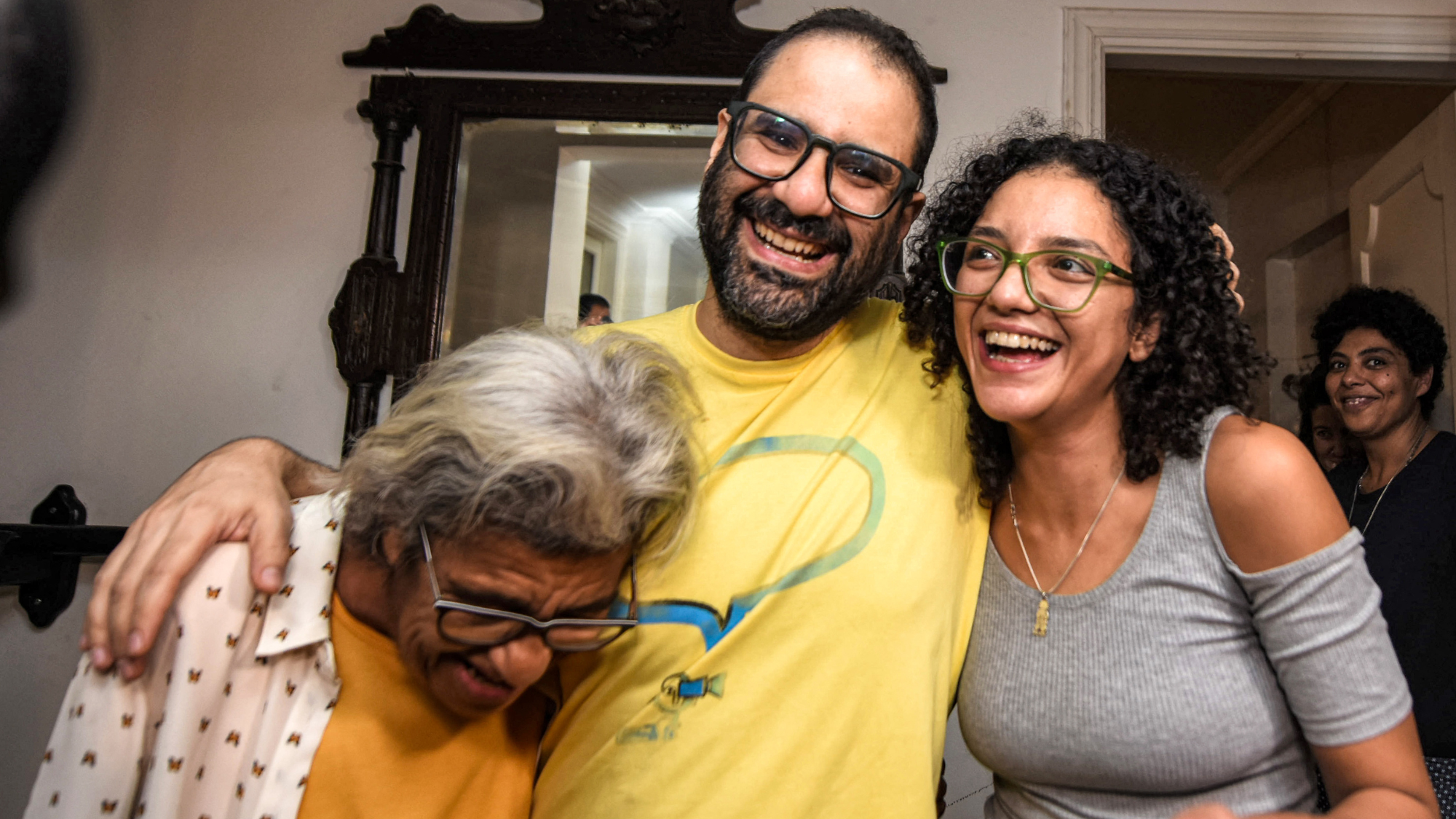 Alaa Abd el-Fattah: should Egyptian dissident be stripped of UK citizenship?
Alaa Abd el-Fattah: should Egyptian dissident be stripped of UK citizenship?Today's Big Question Resurfaced social media posts appear to show the democracy activist calling for the killing of Zionists and police
-
 Biggest political break-ups and make-ups of 2025
Biggest political break-ups and make-ups of 2025The Explainer From Trump and Musk to the UK and the EU, Christmas wouldn’t be Christmas without a round-up of the year’s relationship drama